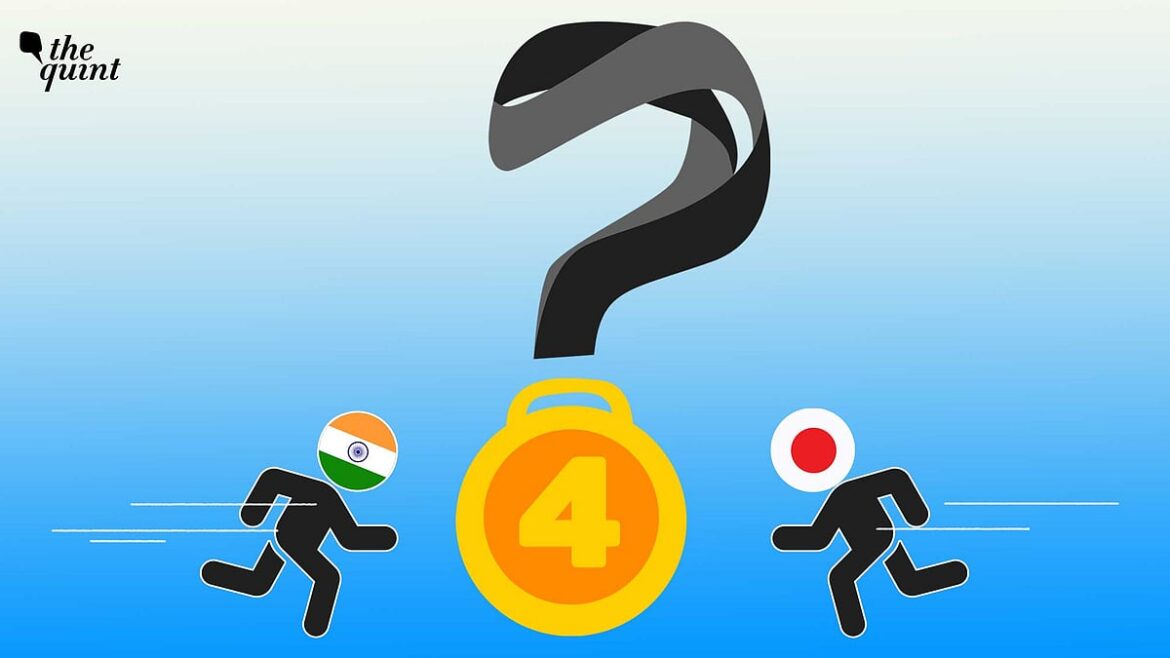In the past 10 years, prices in India have risen by 62 percent, at an annual average of 5 percent. In Japan, they rose by just 8 percent, at an annual average of just 0.8 percent.
Similarly, the rupee has weakened by 33 percent relative to the US dollar, over the past 10 years, while the Japanese Yen has depreciated by just 22 percent. So, $100 billion of output in Japan, produced 10 years ago, would appear to be worth just $89 billion today, while it would appear to be worth $122 billion in India.
Please note, this is exactly the same amount of goods and services in real terms. This mirage happens because our currency has depreciated at a slower pace than inflation, while the exact opposite happened in Japan.
But this is only one part of the story.
The obvious difference between India and Japan lies in our per capita incomes.
However, this hides a crucial reality about what powers India’s economy—and is also its greatest weakness: Inequality.
At our current per capita income, an overwhelming majority of Indians barely manage to cover basic necessities. Yet, there is a small percentage of people in our country who have a purchasing power that can equal that of most advanced capitalist countries.
Take Japan, for instance. It is one of the most advanced countries in the world, whose population is just 8 percent, or less than one-twelfth, of ours. So, it would make sense for us to compare all of Japan with the richest 8 percent of Indians.
We will also need to compare earnings in terms of Purchasing Power Parity (PPP) dollars as one PPP dollar buys the same basket of goods and services, anywhere in the world, adjusted for local inflation.
According to the World Inequality Database, an average Japanese adult earned 53,000 PPP dollars in 2023, while an average Indian in the richest 8 percent, earned 88,000 PPP dollars.


AloJapan.com